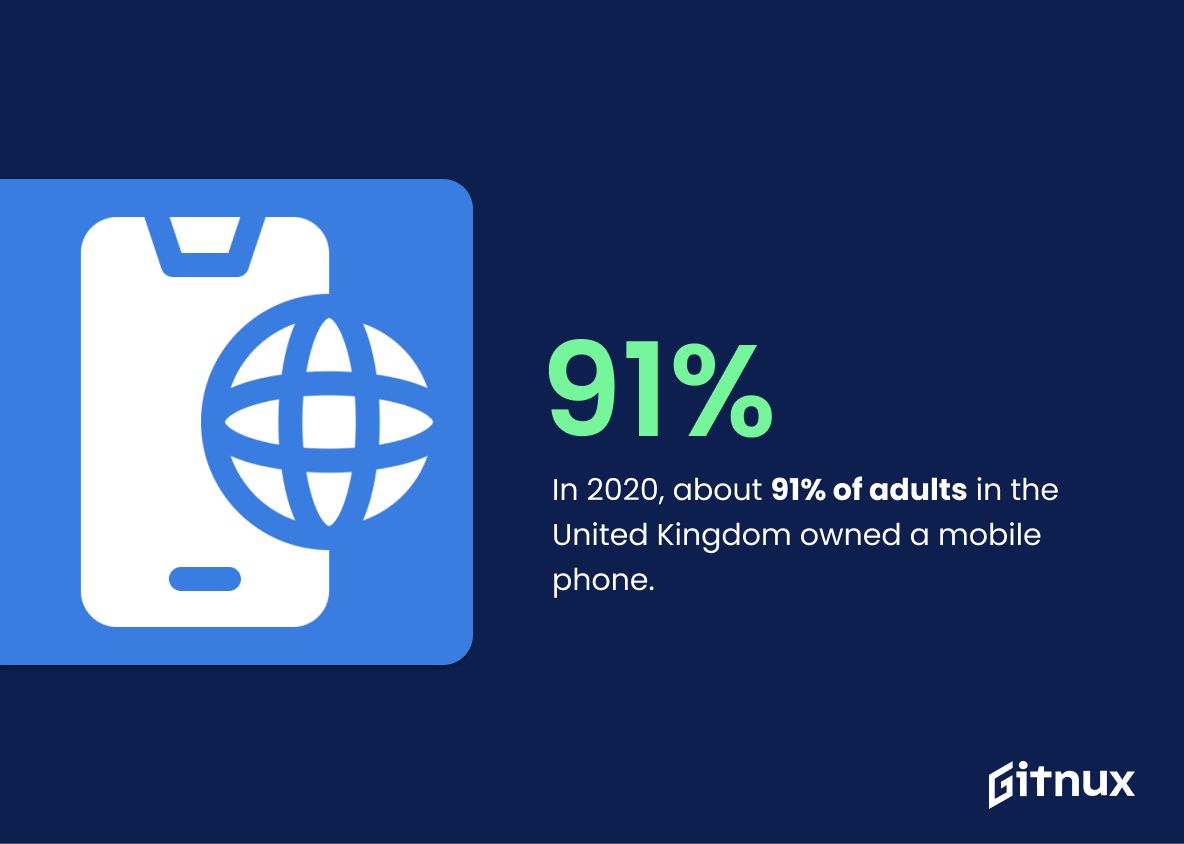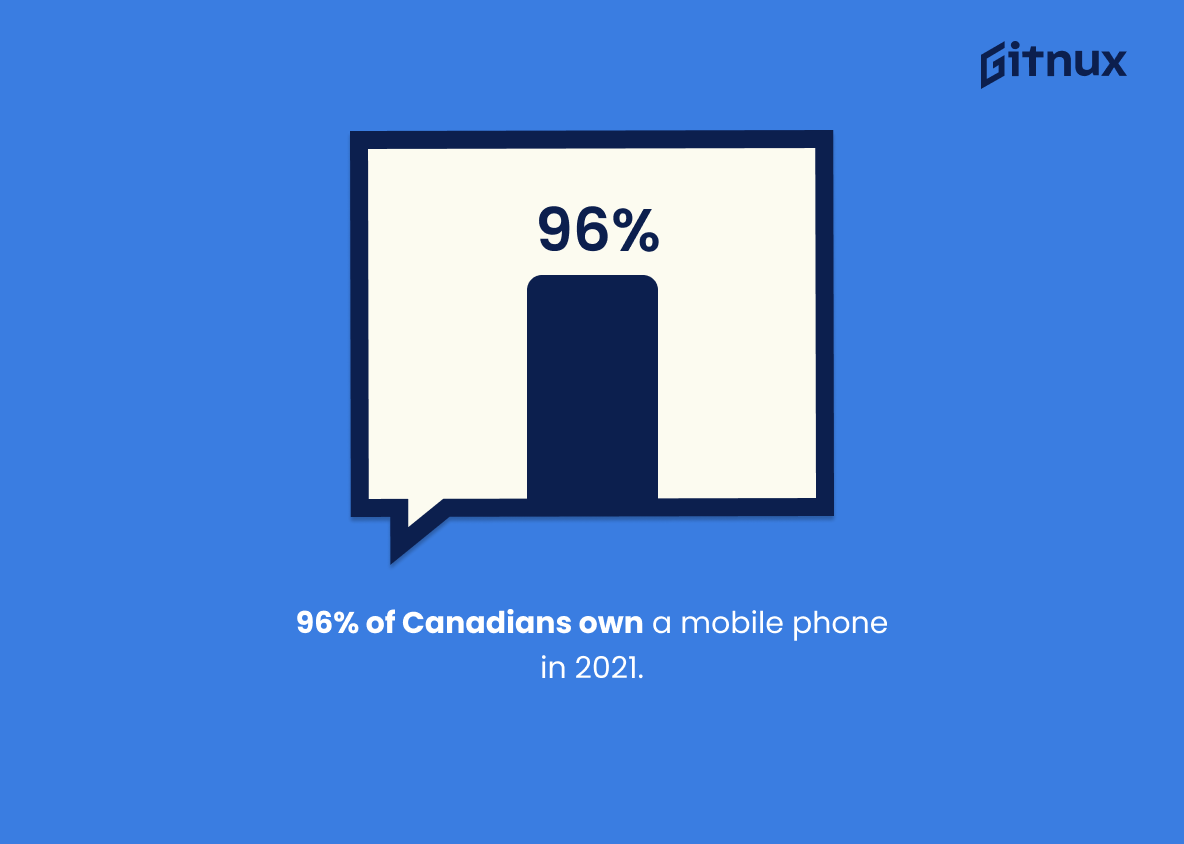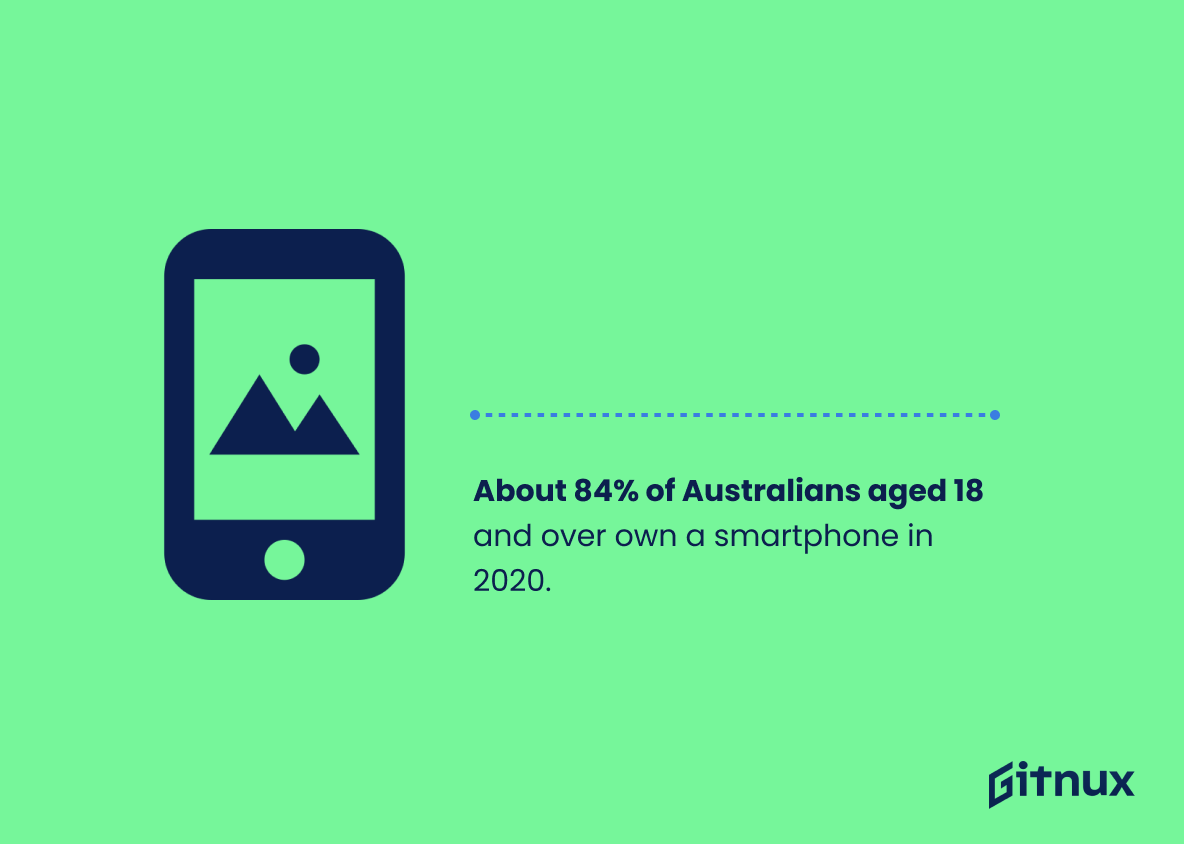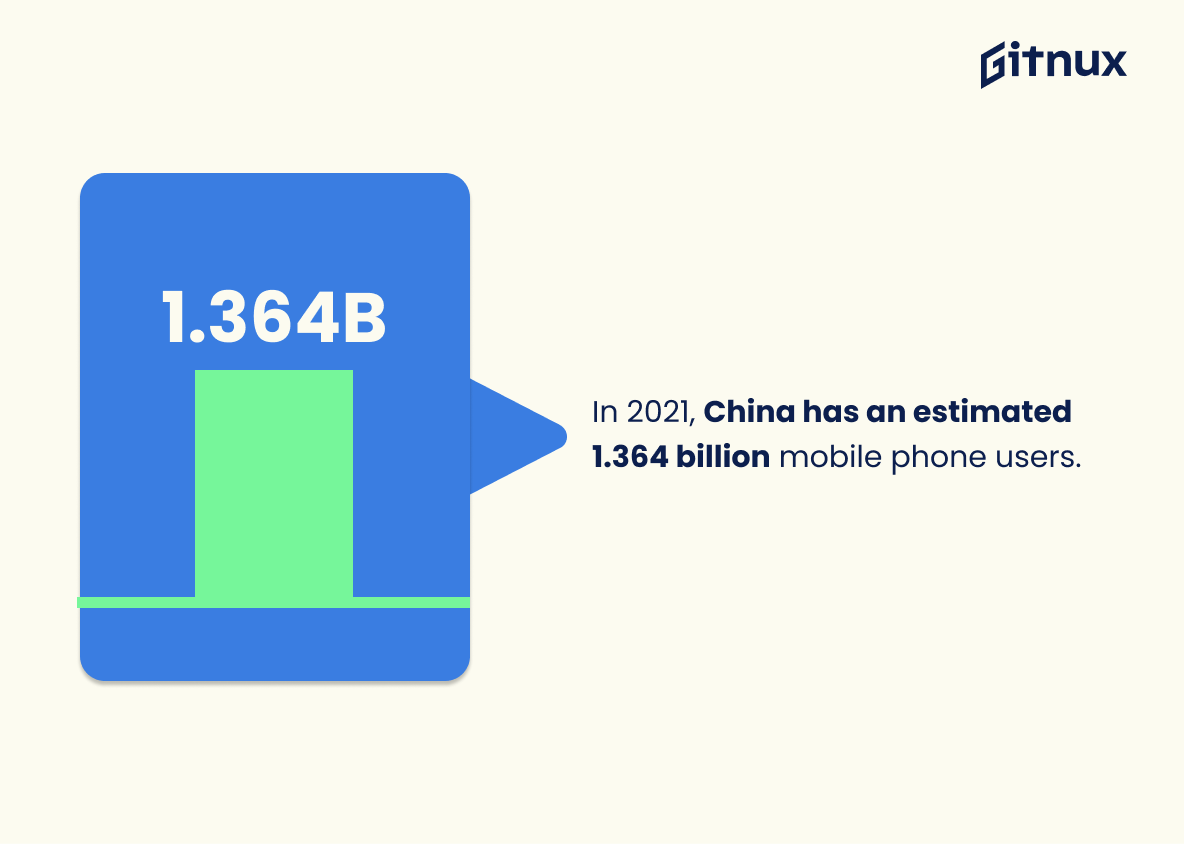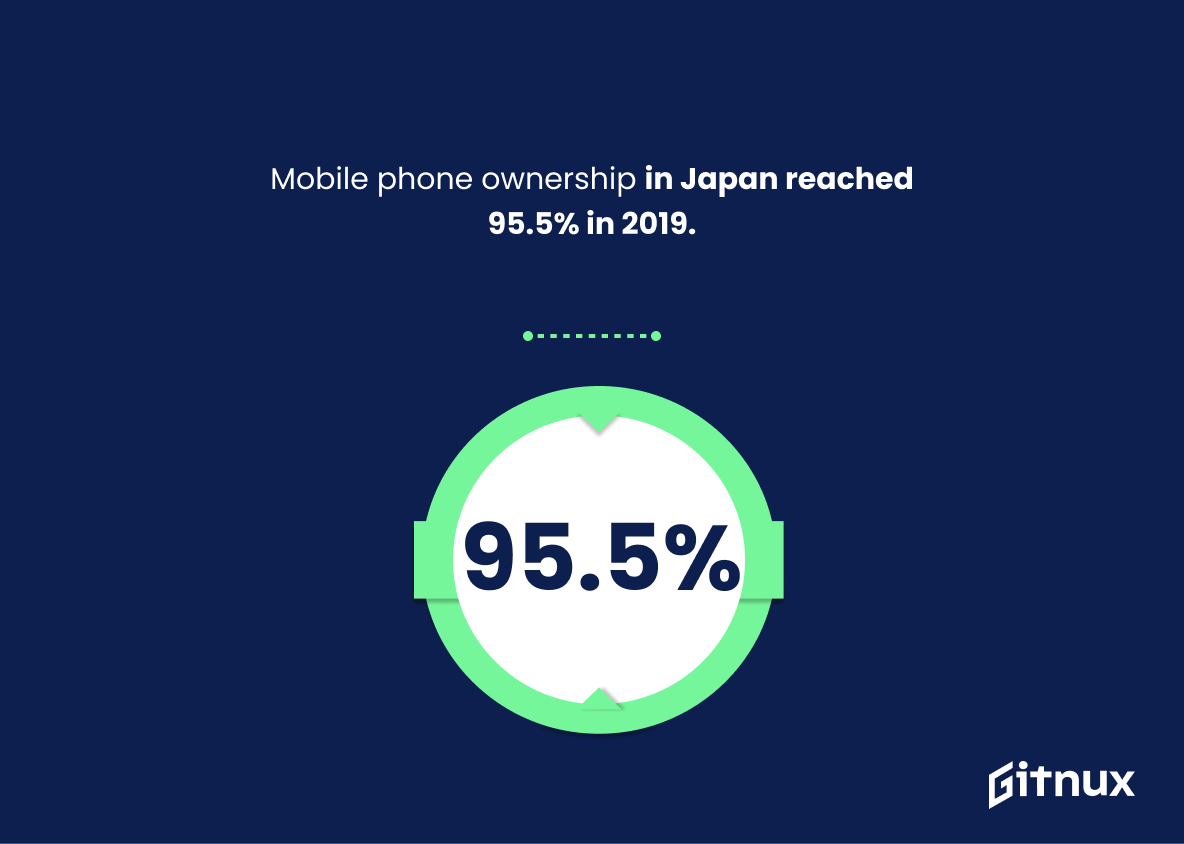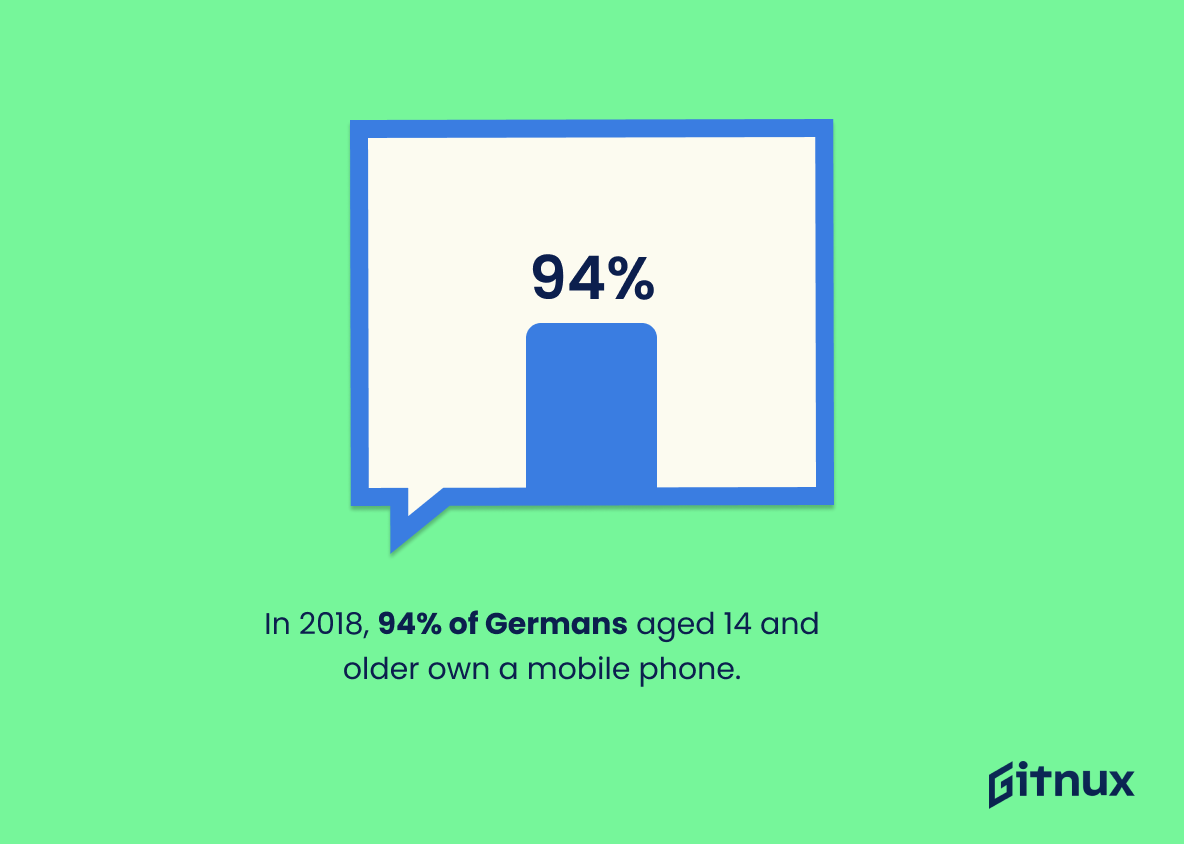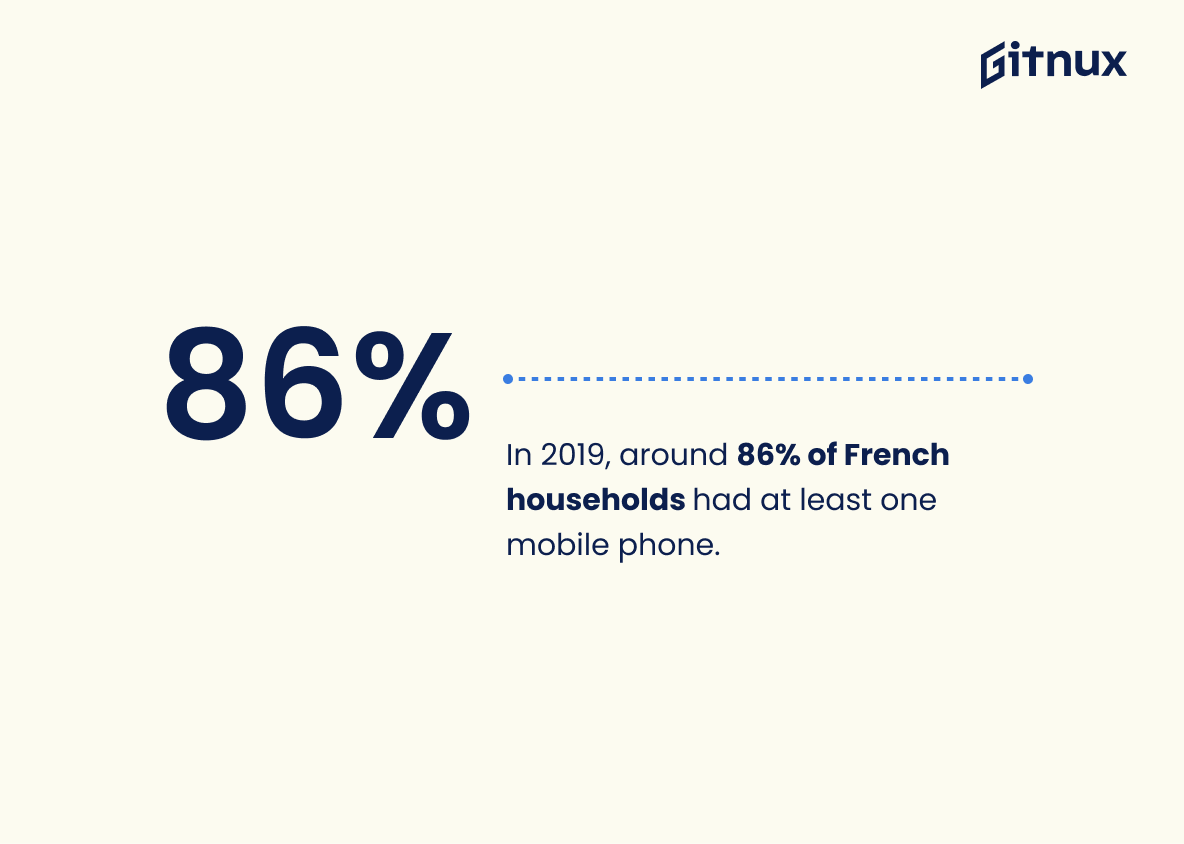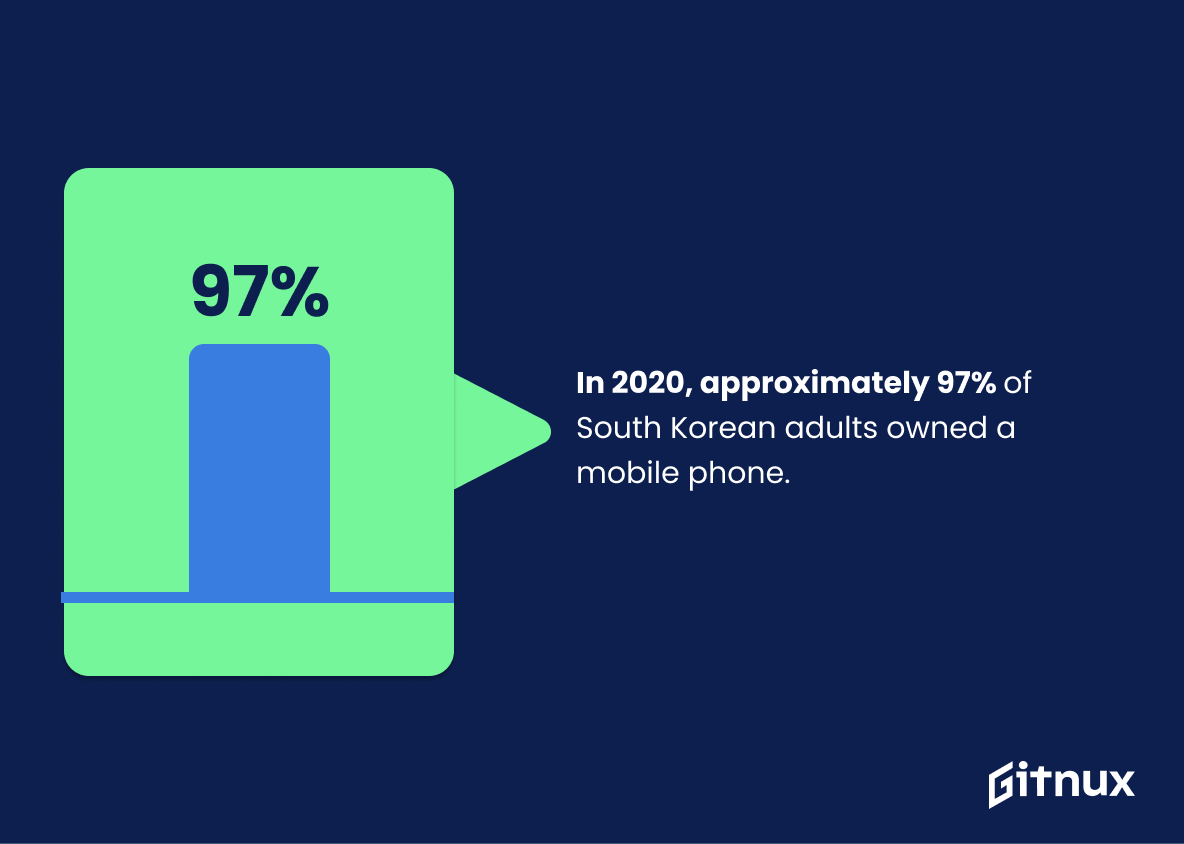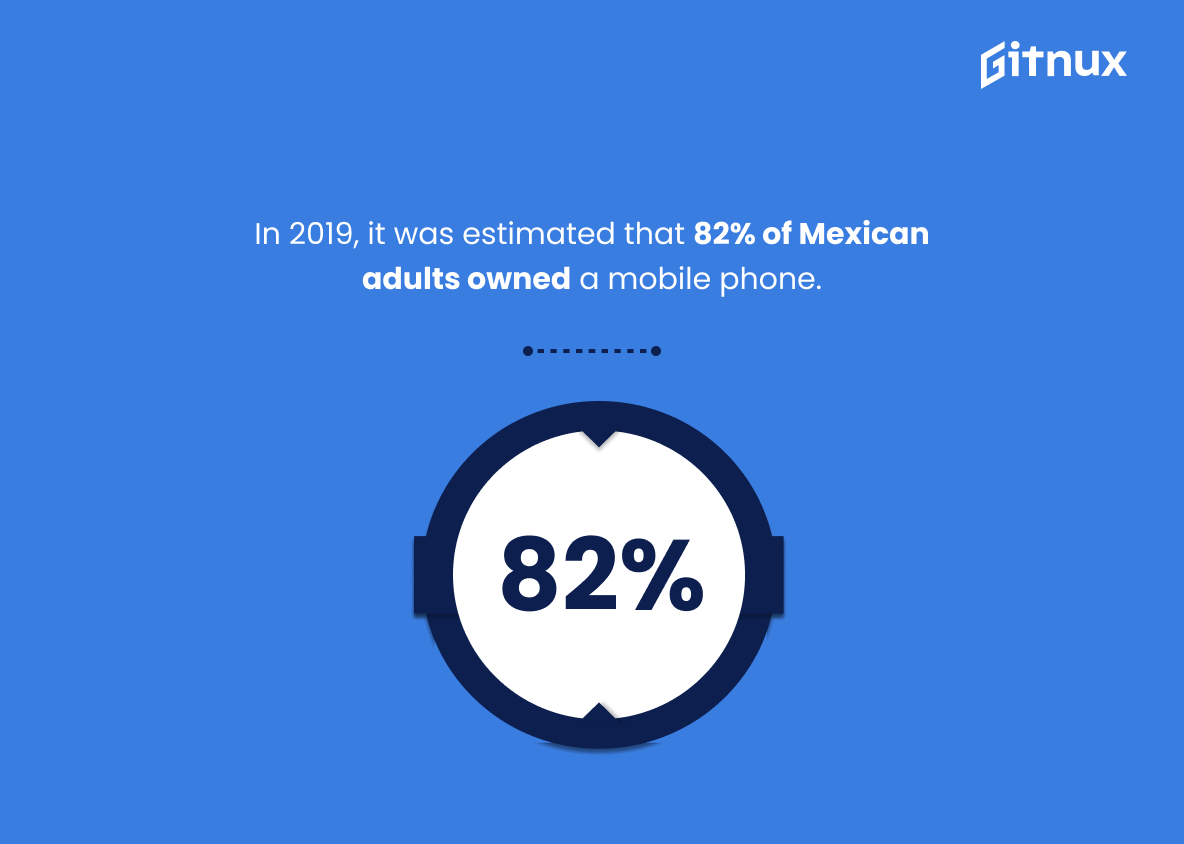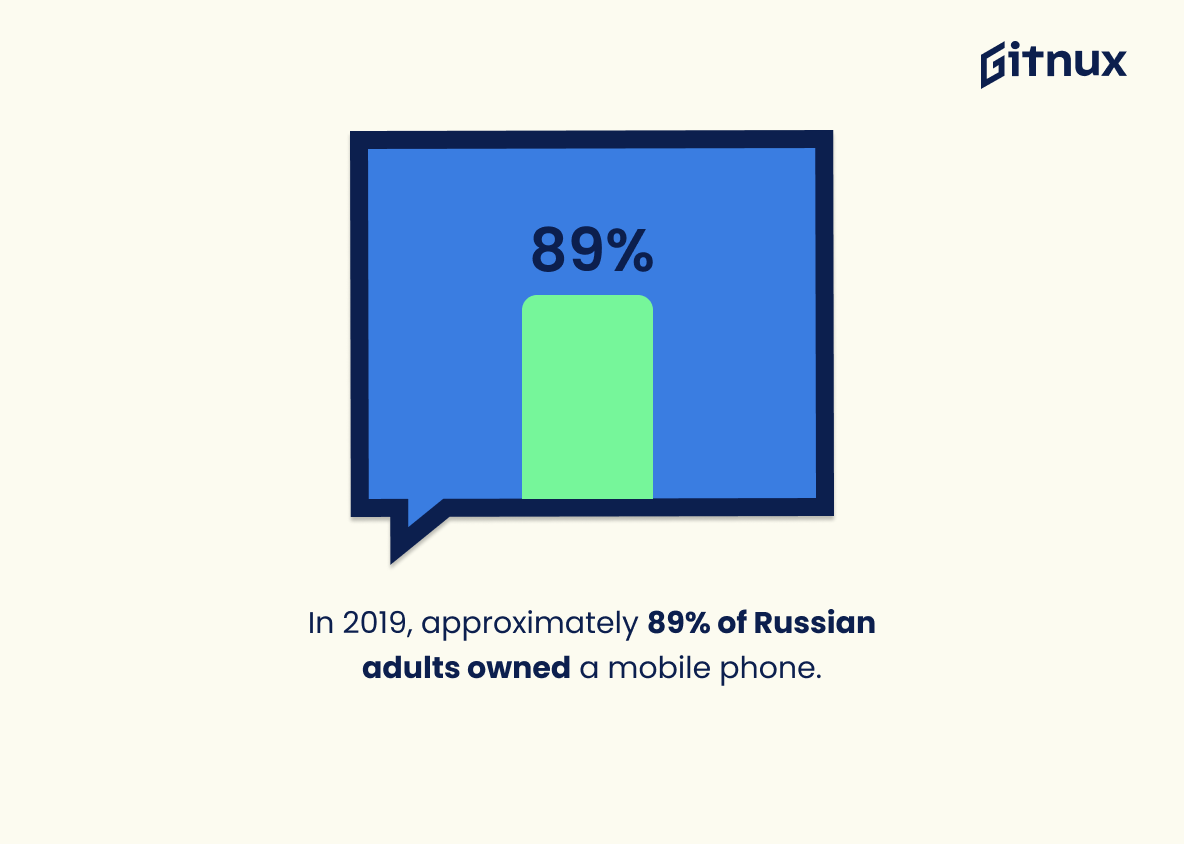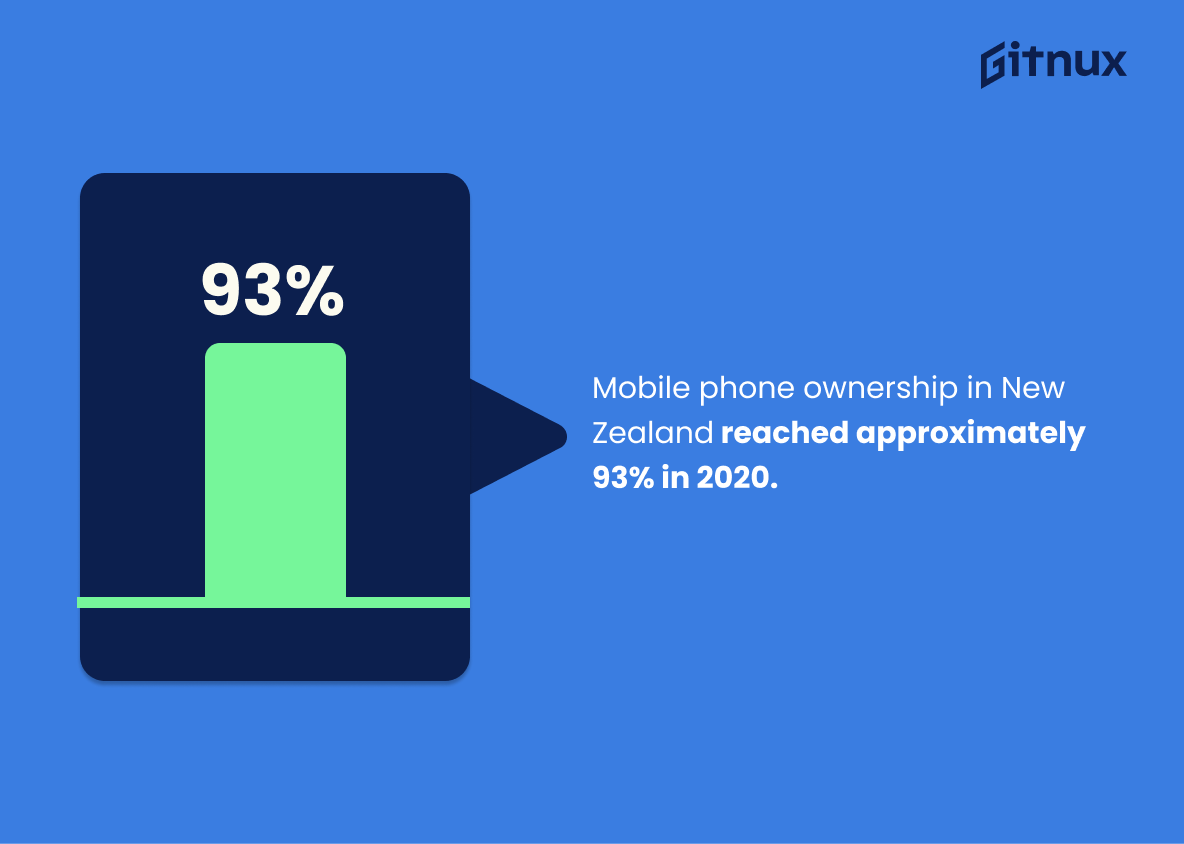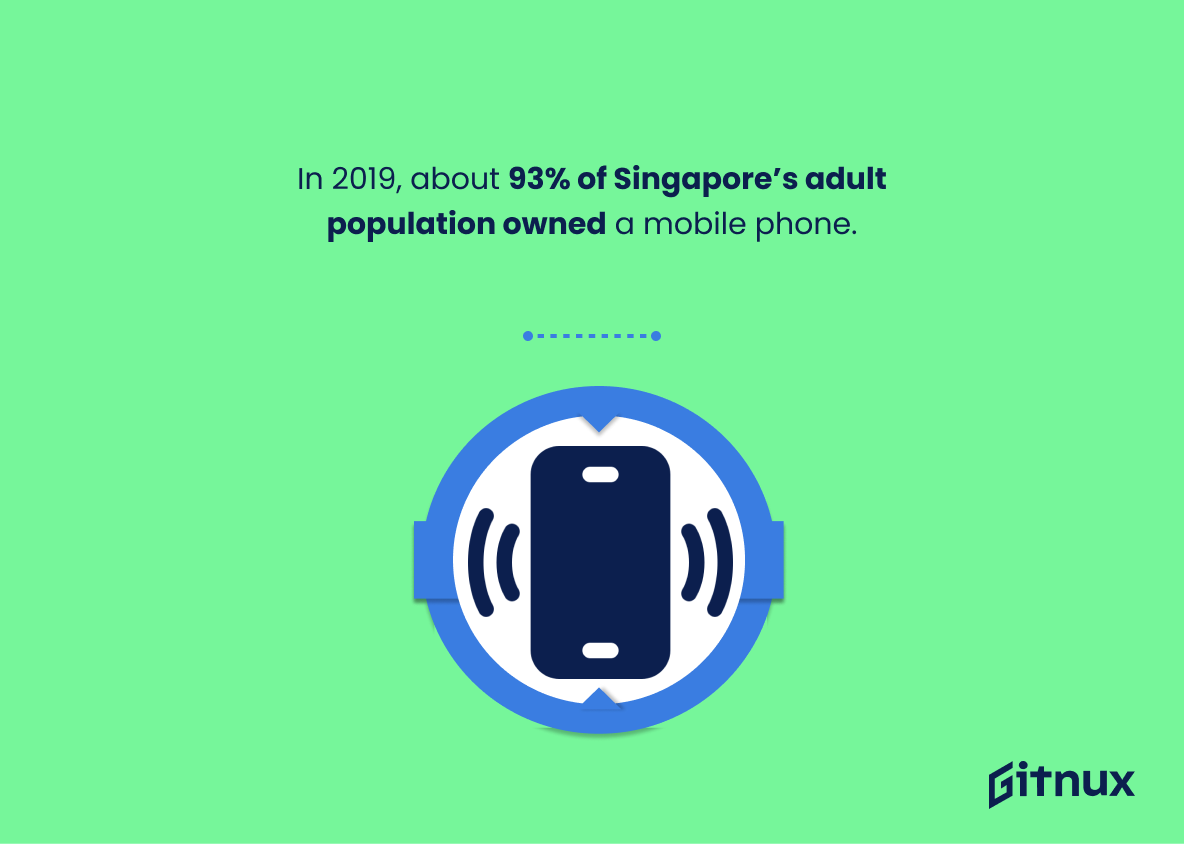Cell phone ownership has become an integral part of modern life. As technology advances, the number of people owning mobile phones continues to grow around the world. This blog post will explore some interesting statistics about cell phone ownership in various countries and regions across the globe.
We’ll start by looking at global figures: as of 2021, it is estimated that there are 5.27 billion mobile phone users worldwide. Moving on to specific countries and regions, we find that 81% of Americans own a smartphone; 91% of adults in the United Kingdom have a mobile device; 96% Canadians own one; 84% Australians aged 18+ possess smartphones; 1.364 billion Chinese citizens use them; 95.5 % Japanese population owns mobiles phones ; 85 % Indian households have access to one ; 91 % Brazilian adults do too ; 95 % South Africans also use them , 94 % Germans aged 14+ possess mobiles devices , 86 French households having at least one such device , 97 percent South Korean adult population with access to these gadgets , 82 Mexican adults using them and 79 Nigerian adult possessing this tech . Finally 90 Saudi Arabian Adults can be seen using Mobile Phones while 93 Singaporean Adult Population & 88 Swedish Adults Owning Mobiles Devices respectively .
This statistic is a powerful indicator of the sheer magnitude of cell phone ownership across the globe. It speaks to the ubiquity of mobile phones and their importance in our lives. It is a testament to the fact that cell phones have become an integral part of our lives, and that their use is only increasing. This statistic is essential to understanding the scope of cell phone ownership and its implications for our society.
In 2021, approximately 81% of the U.S. population owns a smartphone.
This statistic is a crucial piece of information when discussing cell phone ownership statistics, as it provides a snapshot of the current state of the market. It shows that the majority of the population in the United States owns a smartphone, indicating that the technology is widely available and accessible. This statistic can be used to compare the current state of cell phone ownership to previous years, as well as to other countries, to gain a better understanding of the market.
Cell Phone Ownership Statistics Overview
In 2020, about 91% of adults in the United Kingdom owned a mobile phone.
This statistic is a powerful indicator of the ubiquity of mobile phones in the United Kingdom. It demonstrates that the vast majority of adults in the country have access to this technology, and that it has become an integral part of everyday life. This information is essential for any blog post about cell phone ownership statistics, as it provides a comprehensive overview of the current state of the market.
96% of Canadians own a mobile phone in 2021.
This statistic is a powerful indicator of the ubiquity of cell phone ownership in Canada. It demonstrates that the vast majority of Canadians have access to a mobile phone, making it an essential part of everyday life. This statistic is important to consider when discussing cell phone ownership statistics, as it provides a comprehensive overview of the current state of the market.
About 84% of Australians aged 18 and over own a smartphone in 2020.
This statistic is a telling indication of the prevalence of smartphones in Australia. It demonstrates that the majority of Australians are now equipped with the technology to access the internet, stay connected with friends and family, and take advantage of the many apps and services available. This statistic is important to consider when discussing cell phone ownership statistics, as it provides a snapshot of the current state of the market.
In 2021, China has an estimated 1.364 billion mobile phone users.
This statistic is a powerful indicator of the sheer scale of mobile phone ownership in China. It speaks to the ubiquity of cell phones in the country, and the potential for businesses to reach a massive audience through mobile technology. It also highlights the importance of understanding the mobile phone market in China, and how it differs from other countries. This is essential information for anyone looking to understand the global cell phone ownership landscape.
Mobile phone ownership in Japan reached 95.5% in 2019.
This statistic is a testament to the ubiquity of mobile phone ownership in Japan. It shows that almost everyone in the country has access to a mobile phone, making it an essential part of everyday life. This statistic is important to consider when discussing cell phone ownership statistics, as it provides a valuable insight into the prevalence of mobile phone usage in Japan.
In India, about 85% of households owned a mobile phone in 2019.
This statistic is a powerful indicator of the ubiquity of mobile phone ownership in India. It shows that the vast majority of households have access to this technology, which has become an essential part of everyday life. This statistic is especially relevant in a blog post about cell phone ownership statistics, as it provides a snapshot of the current state of mobile phone ownership in India.
In 2018, 94% of Germans aged 14 and older own a mobile phone.
This statistic is a powerful indicator of the ubiquity of mobile phone ownership in Germany. It shows that the vast majority of the population has access to a mobile device, making it an essential part of everyday life. This is an important point to consider when discussing cell phone ownership statistics, as it demonstrates the widespread adoption of mobile technology in the country.
In 2019, around 86% of French households had at least one mobile phone.
This statistic is a telling indication of the ubiquity of mobile phones in France. It demonstrates that the vast majority of households have access to this technology, making it an essential part of everyday life. This statistic is important to consider when discussing cell phone ownership statistics, as it provides a snapshot of the current state of mobile phone usage in France.
In 2020, approximately 97% of South Korean adults owned a mobile phone.
This statistic is a powerful indicator of the ubiquity of mobile phone ownership in South Korea. It speaks to the fact that mobile phones have become an essential part of everyday life for the vast majority of South Koreans. This statistic is especially relevant in a blog post about cell phone ownership statistics, as it provides a snapshot of the current state of mobile phone ownership in the country.
In 2019, it was estimated that 82% of Mexican adults owned a mobile phone.
This statistic is a telling indication of the prevalence of mobile phone ownership in Mexico. It demonstrates that the majority of Mexican adults have access to a mobile device, which can be used for a variety of purposes, from communication to entertainment. This statistic is important to consider when discussing cell phone ownership statistics, as it provides a snapshot of the current state of mobile phone ownership in Mexico.
About 79% of Nigerian adults owned a mobile phone in 2021.
This statistic is a telling indication of the widespread adoption of mobile phones in Nigeria. It speaks to the fact that the majority of Nigerian adults have access to the technology, which can be used to stay connected, access information, and engage in commerce. This statistic is an important piece of information for anyone looking to understand the current state of mobile phone ownership in Nigeria.
In 2019, approximately 89% of Russian adults owned a mobile phone.
This statistic is a telling indication of the prevalence of mobile phone ownership in Russia. It demonstrates that the majority of Russian adults have access to a mobile device, which can be used for a variety of purposes, from communication to entertainment. This statistic is important to consider when discussing cell phone ownership statistics, as it provides a snapshot of the current state of mobile phone ownership in Russia.
In 2021, it was estimated that 90% of adults in Saudi Arabia own a mobile phone.
This statistic is a telling indication of the prevalence of mobile phone ownership in Saudi Arabia. It demonstrates the extent to which mobile phones have become an integral part of everyday life in the country, and how they have become a necessity for many adults. This statistic is important to consider when discussing cell phone ownership statistics, as it provides a valuable insight into the current state of the market in Saudi Arabia.
Mobile phone ownership in New Zealand reached approximately 93% in 2020.
The fact that mobile phone ownership in New Zealand has reached 93% in 2020 is a testament to the power of technology and its ability to connect people. This statistic is a reflection of the ever-increasing reliance on mobile phones for communication, entertainment, and information. It is also a sign of the growing importance of mobile phones in our lives, and the need for businesses to stay up-to-date with the latest trends in order to remain competitive. This statistic is an important indicator of the current state of the mobile phone industry and its potential for growth.
In 2019, about 93% of Singapore’s adult population owned a mobile phone.
This statistic is a telling indication of the ubiquity of mobile phones in Singapore. It speaks to the fact that almost all adults in the country have access to a device that can be used for communication, entertainment, and a variety of other purposes. This statistic is important to consider when discussing cell phone ownership statistics, as it provides a snapshot of the current state of mobile phone usage in Singapore.
Approximately 88% of Swedish adults owned a mobile phone in 2020.
This statistic is a powerful indicator of the ubiquity of mobile phone ownership in Sweden. It demonstrates that the vast majority of Swedish adults have access to a mobile phone, making it an essential part of everyday life. This statistic is important to consider when discussing cell phone ownership statistics, as it provides a snapshot of the current state of mobile phone usage in Sweden.
Conclusion
The statistics presented in this blog post demonstrate the widespread ownership of mobile phones across the globe. As of 2021, an estimated 5.27 billion people worldwide own a mobile phone, with 81% of Americans and 91% of British adults owning one as well. In Canada, 96%, Australia 84%, China 1.364 billion and Japan 95.5% have adopted smartphones into their daily lives while India 85%, Brazil 91%, South Africa 95%, Germany 94%, France 86 % , South Korea 97 % , Nigeria 79 % , Russia 89 % Saudi Arabia 90 % New Zealand 93% Singapore 93%. Sweden 88%. This data shows that there is a high level of global access to cell phones regardless of geographical location or economic status – making them essential tools for communication in today’s world.
References
0. – https://www.bankmycell.com
1. – https://www.datareportal.com
2. – https://www.inegi.org.mx
3. – https://www.stats.govt.nz
4. – https://www.pewresearch.org
5. – https://www.abs.gov.au
6. – https://www.scb.se
7. – https://www.bmvi.de
8. – https://www.insee.fr
9. – https://www.statista.com
10. – https://www.imda.gov.sg
11. – https://www.economictimes.indiatimes.com
12. – https://www.kosis.kr
13. – https://www.50.statcan.gc.ca
14. – https://www.ofcom.org.uk
